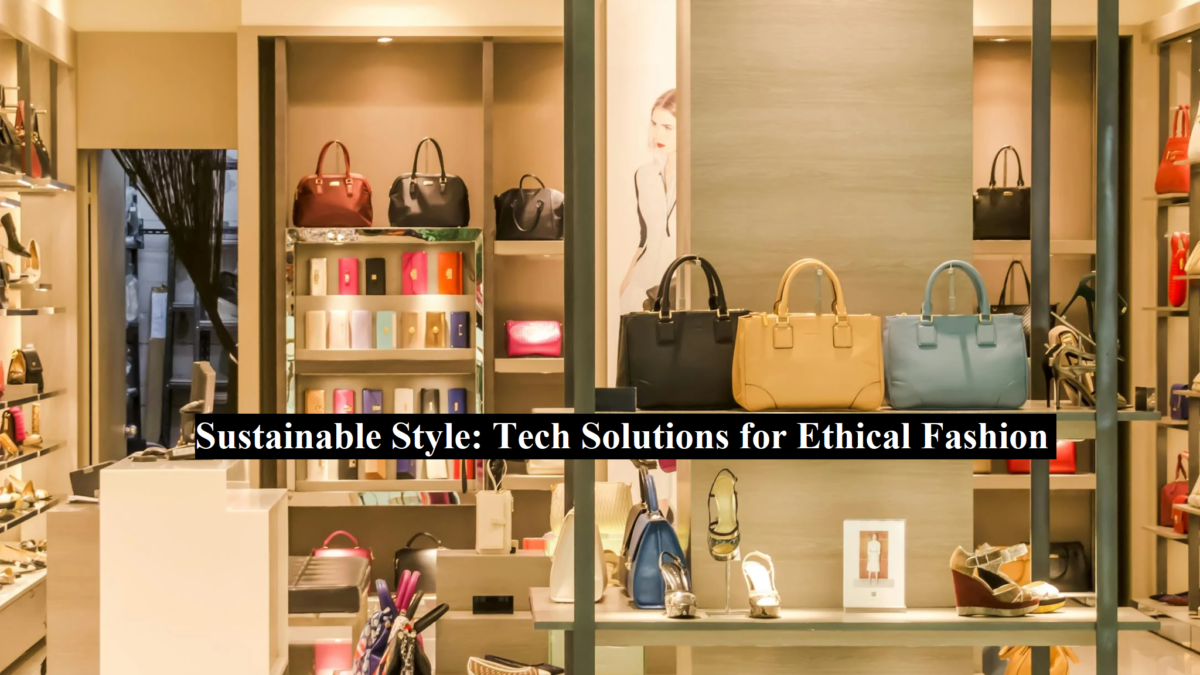The talk recently about overconsumption has been all over the internet so striving for sustainability is a must in this generation. As of 2023, the fashion industry alone has produced just over 97 million metric tonnes of waste, of which 18 million were textiles, 3 million were packaging materials and 2.5 million were chemical waste. It’s astounding how much fashion and clothes people would rather throw away than donate, creating unnecessary waste.
Another interesting fact is that women back in the day used to collect 5 pieces of new fashion a year and in more recent years, people are collecting up to 30 plus, which is an insane jump. Direct-to-film printing allows for more on-demand and potentially less wasteful garment decoration, aligning with some principles of ethical fashion by reducing overproduction. We are shown on social media all these people who have endless amounts of money for all the things they have, always representing the latest trend and it encourages people with less to overcome trends and opt for brands like Shein that are very cheap and affordable, encouraging you to buy more and more.
There are so many reasons why excessive consumption has become so popular and the norm. From seeing it online to our parent’s spending habits reflecting on us, we are constantly surrounded by ads and people telling us that we need that and that. But with attention being brought to the issue, brands and individuals are being forced to change their behaviour, which promotes the question of whether tech solutions are the sustainable fashion answer or can at least guide us in the right direction.
Tech-Drvien Sustainability
So what recent tech solutions can push businesses forward for sustainability?
Blockchain Transparency
If you are new to the world of blockchain technology, it is an advanced database mechanism that allows transparency for any information given to a business and its network. Storing data in blocks that are linked together gives it’s name, ‘blockchain’. So how could blockchain as a whole help strive for sustainability by tracing a specific garment’s journey from its raw materials to its current form? This allows businesses to be fully transparent about the construction of their products. Choosing “Sun Dresses for Women” made from sustainable materials and by fair labor practices is a way to participate in ethical fashion. Demonstrating that all of their pieces are ethically sourced gives them not only a competitive advantage but also allows them to build a stronger reputation and brand image with new and existing customers.
Due to blockchain accessibility, any brand can take this board, whether it’s a modest fashion brand selling black abayas from Hawaa or Starbucks showing that their coffee beans have been ethically sourced.
Read: From Casual to Couture: The Rise of Trendy plus Size Dresses
Digital Fabric Design
Virtual design tools can help brands trial and error designs without going through bags of samples and producing so much waste out of nowhere. Therefore, this tool can completely transform the way that people create pieces and help designers as a whole be more creative and efficient. Whether it be sportswear for women or some new trail running show designs.
Sustainable Materials Innovation
Research and development into eco-friendly materials is a strong way forward and while many brands can claim to be recycled materials, they can do that if it’s just the lid portion. Being 100% sustainable and made from recycled materials might be costly but it’s the future and a huge competitive advantage compared to other brands. But it also allows you to mark up based on that information. Some consumers would rather pay that little extra to remove any guilt from consuming.
AI-Powered Supply Chain Optimisation
Artificial intelligence seems to have the power to be applied to every single industry, including the fashion industry. But its useful applications can be implemented on the supply chain, meaning it can optimise the logistics, structure and existing plans all in the hopes of reducing carbon emissions and waste. Especially when it comes to things like shipping globally, you want to make sure that while you are increasing profits and your customer base, you are also being as sustainable and efficient as possible.
Virtual Try-Ons
While this is a relatively new update from some websites, it is completely transforming the way that people buy and return. While improving the user experience, it also reduces people buying from these shops and returning based on ‘doesn’t suit me’, saving countless millions for businesses on return processing while also reducing the amount of logistics strain.
Product Traceability Apps
These apps not only provide transparency on the status of their items, which you can find on the courier’s apps but also on the garment’s whole process and environmental impact. Seeking Personal Stylist Fashion Advice can help you curate a wardrobe that not only reflects your style but also aligns with your values by focusing on ethical fashion choices and sustainable brands. Allowing your customers to view this could encourage them to do more bulk orders than consistent small ones but it also improves the customer experience.
The Road Ahead: Challenges and Opportunities
While technology has already started to transform the world of sustainability in the world of fashion, and while it’s still too early to tell based on 2023’s waste statistics, it will be interesting to see what 2024 has to say for itself, but if used correctly, technology can completely transform the industry, and while some of these are still relatively new on the scene, there is so much unknown.
The challenges all lie with getting businesses to choose sustainability no matter what industry including fashion e-commerce brands selling black abayas or little local cafe shops; therefore, there is a call to action from the government and consumers to shop with brands that only adhere to ethical and environmental considerations. Change should always start with you.

